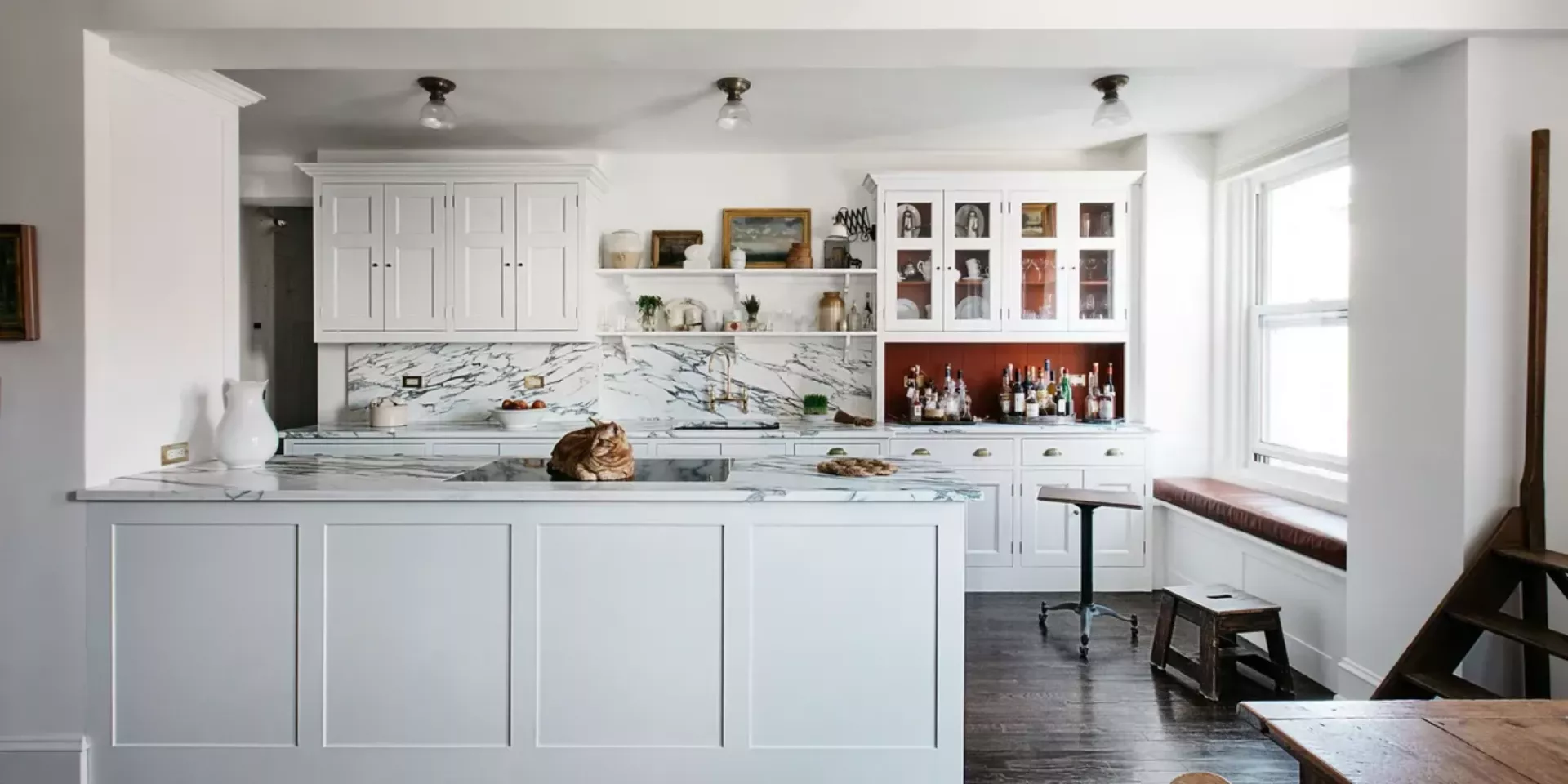At a buzzy restaurant in New York’s West Village, a chalkboard specials menu hangs from a peg rail, pew-shaped wooden booths offer cozy seating near a zinc-topped bar, and a generous, spindle-backed banquette wraps around the dining room. Purity of form reigns here at The Commerce Inn, the latest hot ticket establishment of Jody Williams and Rita Sodi, the chef couple behind West Village mainstays Buvette and Via Carota. Their culinary and aesthetic inspiration? The Shakers, a radical utopian Christian sect who left England for America in 1774 to build intentional communities that prioritized gender and racial equality, environmental stewardship, and the making of near-perfect buildings, furnishings, and objects as a spiritual practice.
 Back to overview
Back to overview
Designers are revisiting Shaker Style - And we’re here for it
“The Shaker aesthetic has been in the back of our minds for a decade,” explains Williams who, with Sodi, has collected and lived with a range of wares from the utopian community, from old cookbooks, baskets, brooms, and boxes to well-loved ladder-back chairs. “I’m attracted to the simplicity, the history. There are real roots here—real stories. It just resonates. It’s alive today.”
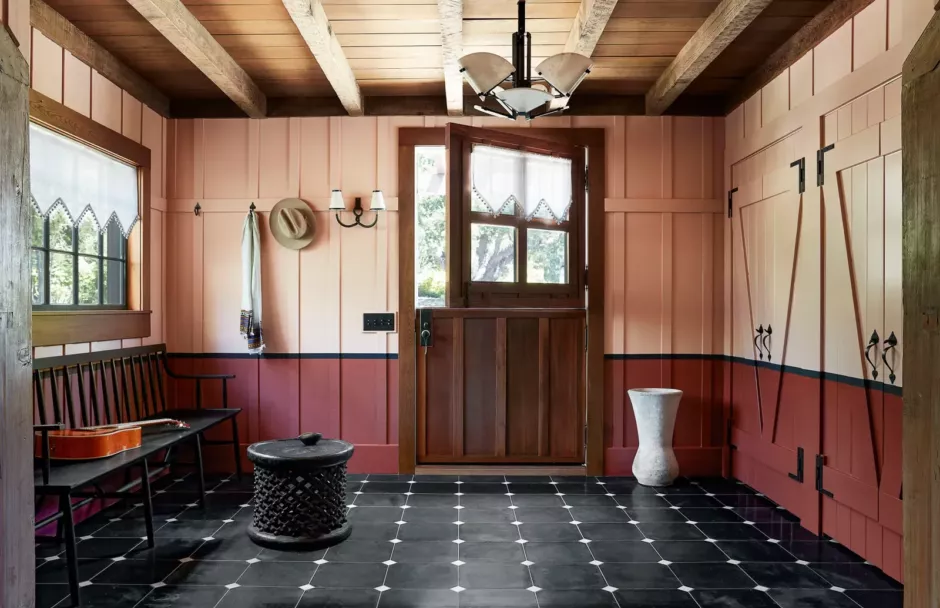
She’s not the only one who thinks so. Despite the fact that Shakers were famously celibate, causing their numbers to dwindle in the 20th and 21st centuries (at their largest, they numbered around 5,000), their approach to making, which prioritized purpose and perfection in equal parts, is hardly dead in the water. Designers, artists, restaurateurs (Stissing House, another Shaker style restaurant, recently opened in New York’s Hudson Valley), and institutions are continuing to mine the utopian community for ideals and aesthetics that resonate today.
“The Shakers were constantly reinventing, improving, and perfecting their designs,” explains Ben Bischoff, principal of MADE Design/Build, which designed and fabricated the custom dining furniture and interior millwork and cabinetry for The Commerce Inn. He also serves as a trustee and chair of the Building Committee at the Shaker Museum. For the interiors of The Commerce Inn, he and his team tapped into that mindset, rethinking classics like the Enfield chair and spindle-back bench, and re-creating them to stand up to the wear and tear of a downtown New York restaurant. “We wanted to build a banquette that had no cushioning, no padding, just the right proportions in the right material put together with traditional joinery,” he tells AD PRO. “It looks rigid and a bit forbidding but it has a natural give that makes it a quite pleasant seat at dinner time.”
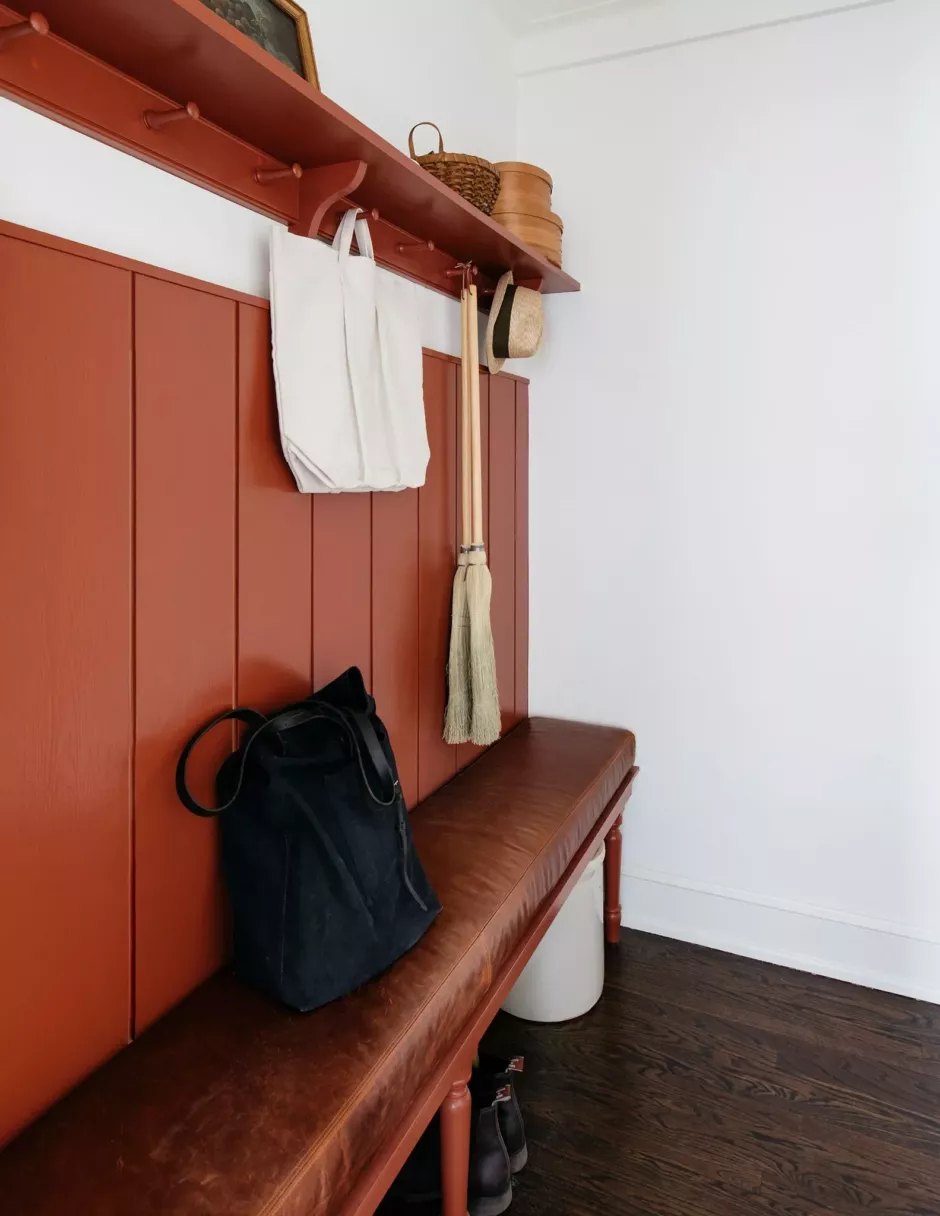
The Shaker look has, not surprisingly, recently reemerged in the pages of AD. Shaker tape-back chairs by Old Spec gather around a breakfast nook in a colorful L.A. home by Reath Design. Shaker style cabinetry proliferates in kitchens—evidenced within Eva Chen’s home in Upstate New York and an Upper East Side apartment by Courtnay Daniels. Not surprisingly, Williams and Sodi’s own New York kitchen features a Shaker-style peg rail and cabinetry, all by cupboard makers Plain English, which also provided a pegboard for The Commerce Inn.
“It’s a rare project [when] we don’t consider Shaker design,” explains Roman Alonso from AD100 firm Commune Design, which recently collaborated with Belgian brand Van Cronenburg on their own bronze rendition of the Shaker peg. (The hallmark Shaker design was an early de-cluttering device used to hang chairs, hats, brooms, and more.) “The efficiency, simplicity, and quality workmanship in Shaker design is something you will find deeply embedded in most of our residential projects and all of our work with Ace Hotels.”
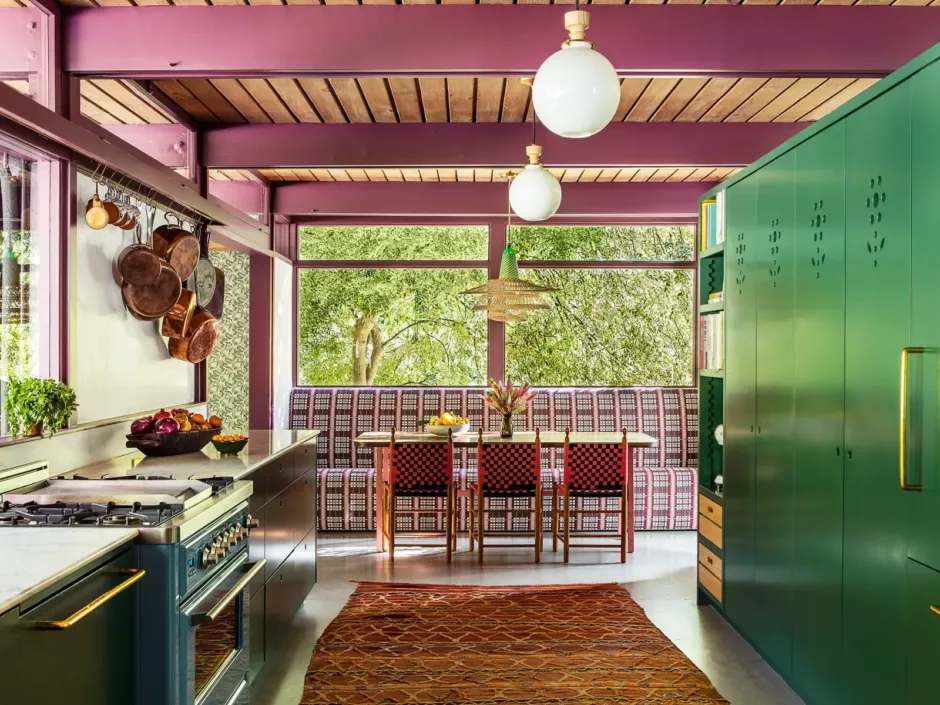
Today’s creative folks are hardly the first to take a second glance at the Shakers. When a Mt. Lebanon, New York–made rocking chair made its way to Denmark in the 1920s, it famously inspired a generation of Danish modernist makers—Kaare Klint, Børge Mogensen, and Hans Wegner—who all channeled the Shaker style into their now-iconic designs of the mid-20th century. Later, Shaker aesthetics found their way into the works of artists like Ellsworth Kelly and Donald Judd, and even, many said, a 2018 Ikea chair by Virgil Abloh.
“Shaker design is defined by purposeful concept and perfect execution—an aesthetic crafted by human hands intended for the divine,” explains Jennifer Trainer Thompson, director of the Hancock Shaker Village in Massachusetts. She estimates that the Shaker look cycles into popularity every 30 to 40 years, and notes a few key indicators of the recent trend: an uptick in visitors, auction sales prices (a Shaker sewing desk recently fetched $330,000 at William Smith Auctions), and interest from the creative community. That last thing is something they’re working to capitalize on, since, as she says, “there seems to be a distinct connection between what moved the Shakers and what moves designers today.”
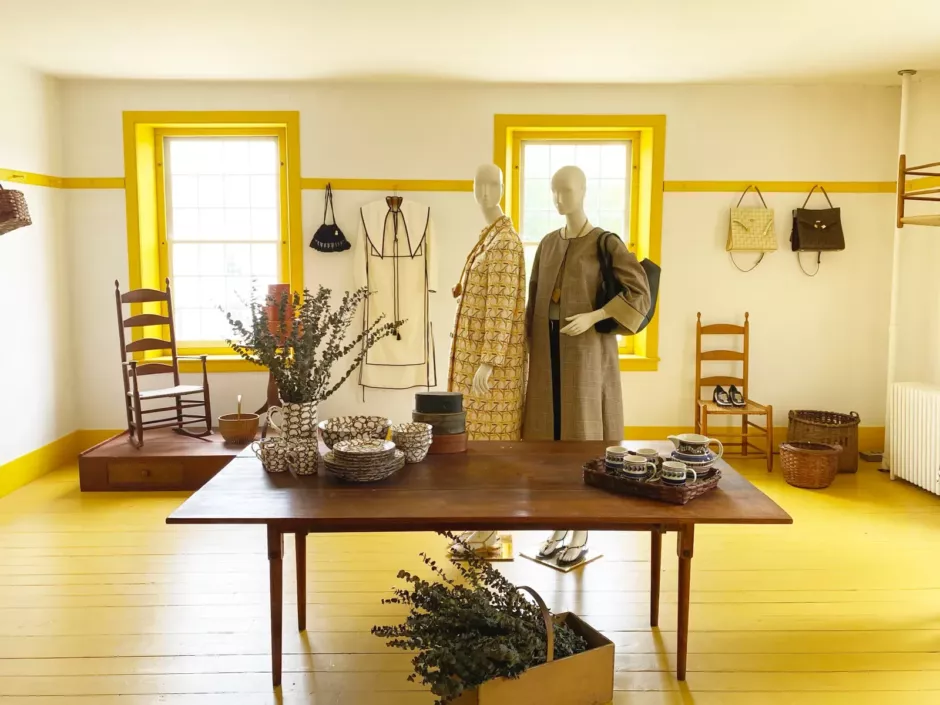
Cases in point: Last spring, fashion designer Tory Burch curated an exhibition at Hancock Shaker Village, followed by a showcase of experimental furniture by Thomas Barger. Artist James Turrell’s Lapsed Quaker Ware is on view at the Massachusetts Museum of Contemporary Art and Hancock Shaker Village through October. And the Village’s next show, “A Spirit of Gift, a Place of Sharing,” opening May 29, will draw connections between the Shaker ethos and the work of three Asian artists.
Over at the Shaker Museum in Chatham, New York, a similar strand of thinking prevails. How do we usher the largest collection of Shaker furniture, objects, and ephemera—not available for public view for more than a decade—into the 21st century? Their answer is a new space (set to break ground in 2023), designed by AD100 architect Annabelle Selldorf.
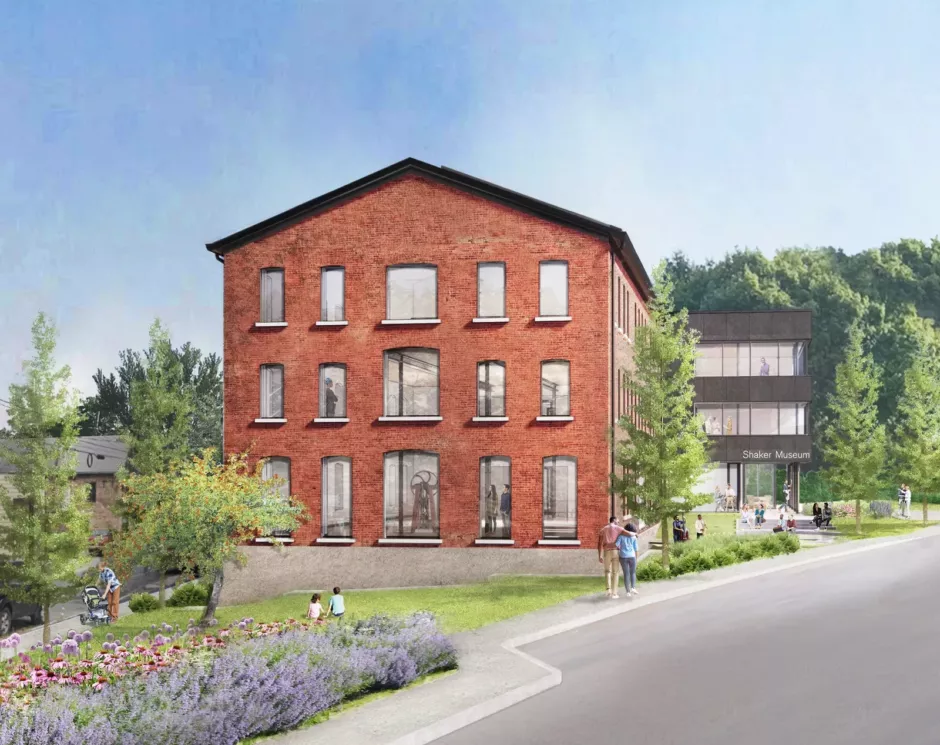
“I have long admired the Shaker aesthetic for its beauty and simplicity in utilitarian purpose,” explains Selldorf, who is working closely with landscape architect Nelson Byrd Woltz to create community spaces that can serve the downtown area of Chatham. “It is the physical manifestation of their progressive values of equity, justice, and community.”
Those looking closely will notice that the influence of Shaker style is expanding beyond direct references to their hallmark minimalism or simple chic. In addition to their new space in Chatham, the Shaker Museum has gathered artists and designers ranging from Tom Sachs and Sheila Hicks to menswear designer Emily Bode into a so-called Maker’s Circle, a group that the museum will consult and engage for programming. Last year, they tapped art-design darling Katie Stout to curate a show mixing her own avant-garde furniture with pieces from the museum collection.
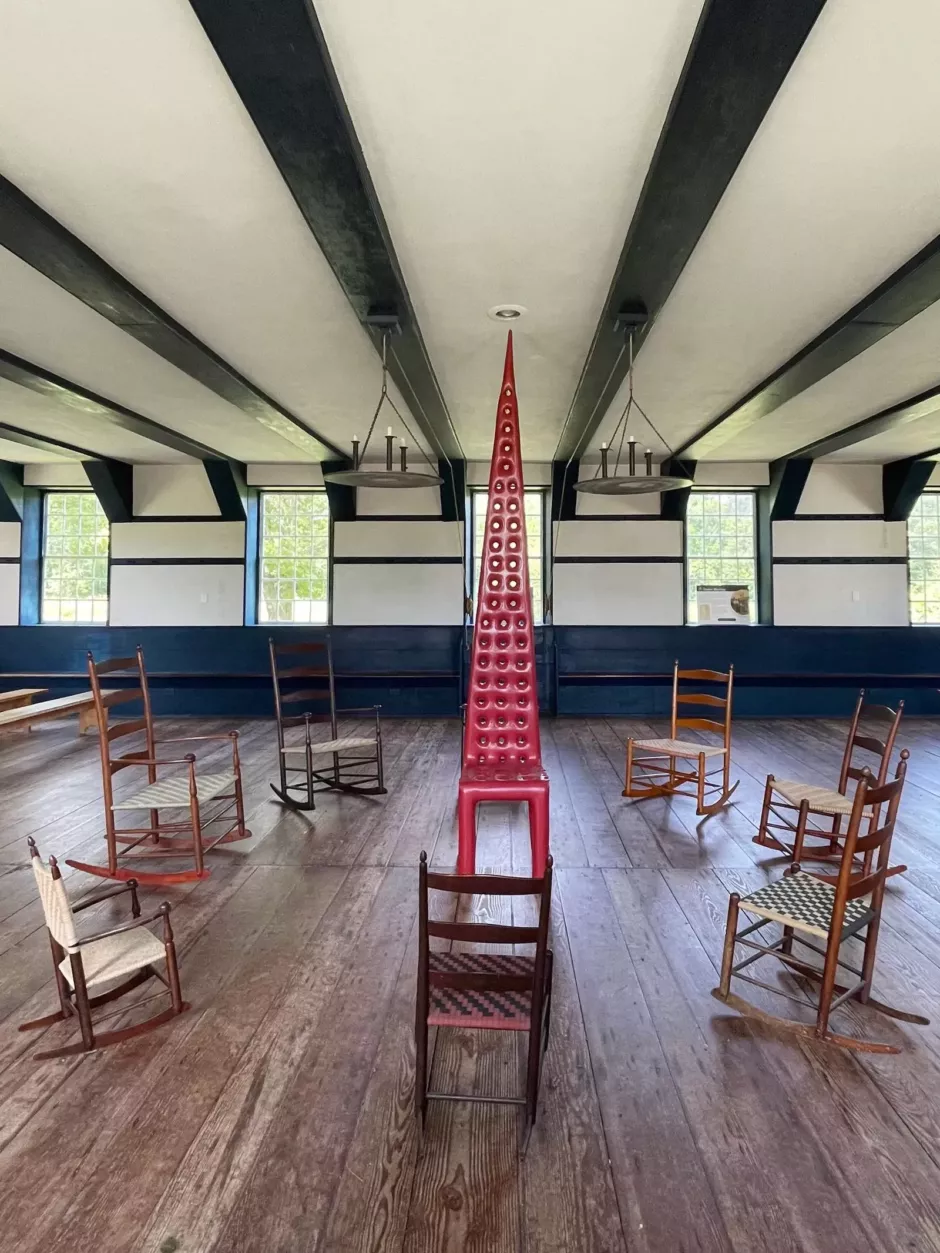
“I think people are starting to look at Shakers beyond just the aesthetics and think more about the history and the philosophy,” says Jean Lee, of Brooklyn-based design brand Ladies and Gentlemen, who is part of the Maker’s Circle and who, for several years, was part of Furnishing Utopia, a group of creatives who researched and mounted exhibitions inspired by the aesthetics and philosophy of the Shakers. “I think what’s fascinating is how they channel work as a form of spirituality. It’s really similar to the practice of Buddhist monks where every chore, every part of taking care of a space, is spiritual.”
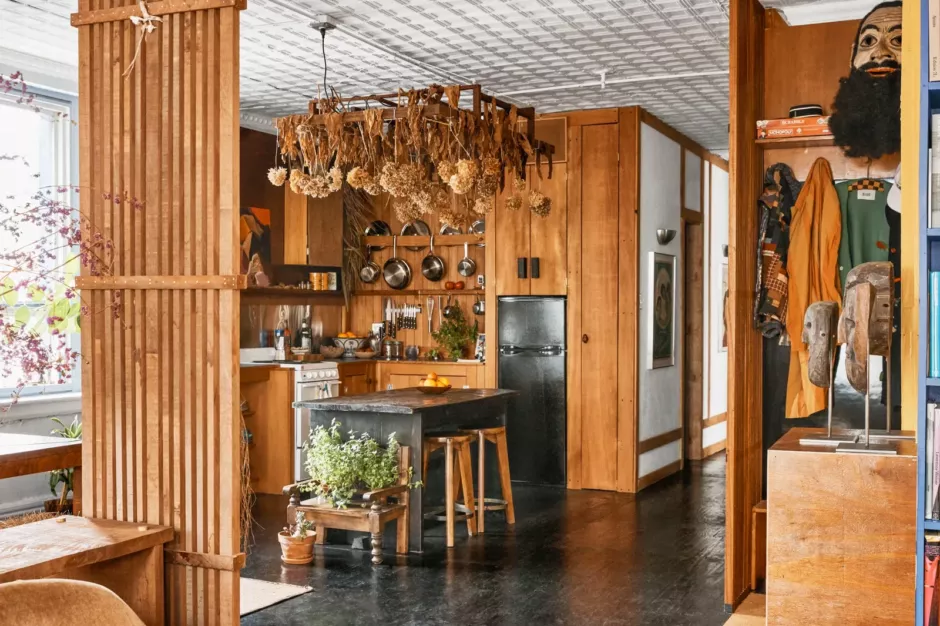
It’s all proof that the Shaker ethos extends beyond clever peg rails and Enfield chairs, and that their approach can be applied to intentionality, appreciation for material, and even business strategy. After all, the Shakers were brilliant businesspeople, producing and selling their wares to a wide audience of non-Shakers.
AD100 interior designers Ben Bloomstein and Aaron Aujla of Green River Project, who started out creating furniture from wood sourced at Bloomstein’s Upstate New York family farm, drew much of their studio and business model from the Shaker way of doing things. “As we live with a pandemic and rising seas while the masters of capital beat the war drums, it makes sense [that] people are looking to the alternative systems of self-sufficient communities for insight into how we may live better,” explains Bloomstein. “The Shakers happen to have done this with great affect and incredible style.”
Read the original article here.

